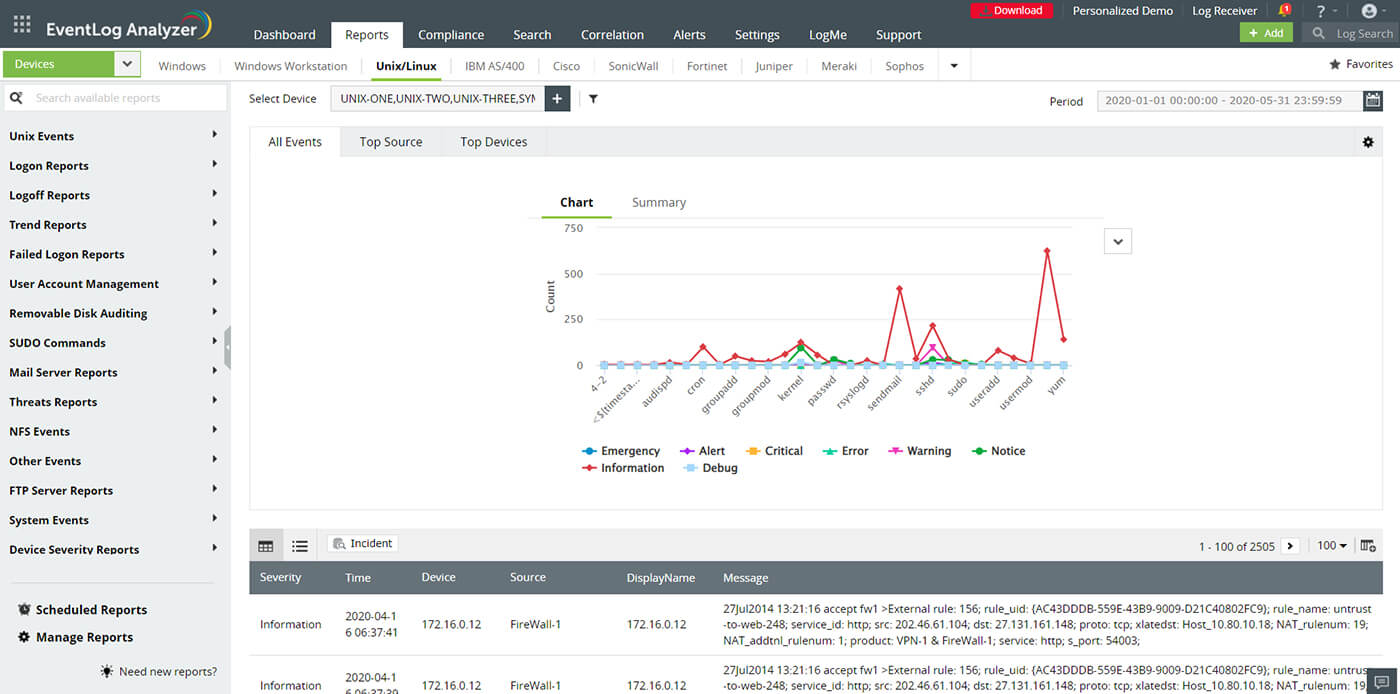
Any subsequent activity is reported with this ID. The logon ID is a number (unique between reboots) that identifies the most recently initiated logon session. To tie these events together, you need a common identifier. You probably noticed that logon and logoff activity are denoted by different event IDs. This event means that the ticket request failed, so this event can be considered a logon failure. Event ID 4771 - Kerberos pre-authentication failed.This event is generated when the DC grants an authentication ticket (TGT). That means a user has entered the correct username and password, and their account passed status and restriction checks. If the ticket request fails (account is disabled, expired, or locked attempt is outside of logon hours etc.), then this event is logged as a failed logon attempt. Event ID 4768 - A Kerberos authentication ticket (TGT) was requested.This event documents every failed attempt to log on to the local computer, including information on why the logon failed (bad username, expired password, expired account, etc.) which is useful for security audits.Īll the event IDs mentioned above have to be collected from individual machines. If you're not concerned with the type of logon or when users log off, you can simply track the following event IDs from your DCs to find users' logon history. Event ID 4625 - An account failed to log on.This event, like event 4634, signals that a user has logged off however, this particular event indicates that the logon was interactive or RemoteInteractive (remote desktop).

This event signals the end of a logon session.

Event ID 4624 - An account was successfully logged on.

Understanding event IDs associated with logon and logoff activity. You can define the size of the security log here, as well as choose to overwrite older events so that recent events are recorded when the log is full. Here you'll find details of all events that you've enabled auditing for.
#Audit logon windows#
To view the events, open Event Viewer and navigate to Windows Logs > Security. Now, when any user logs on or off, the information will be recorded as an event in the Windows security log.

#Audit logon update#
Select Link an Existing GPO and choose the GPO that you created.īy default, Windows updates Group Policy every 90 minutes if you want the changes to be reflected immediately, you can force a background update of all Group Policy settings by executing the following command in the Windows Command Prompt: gpupdate /force


 0 kommentar(er)
0 kommentar(er)
